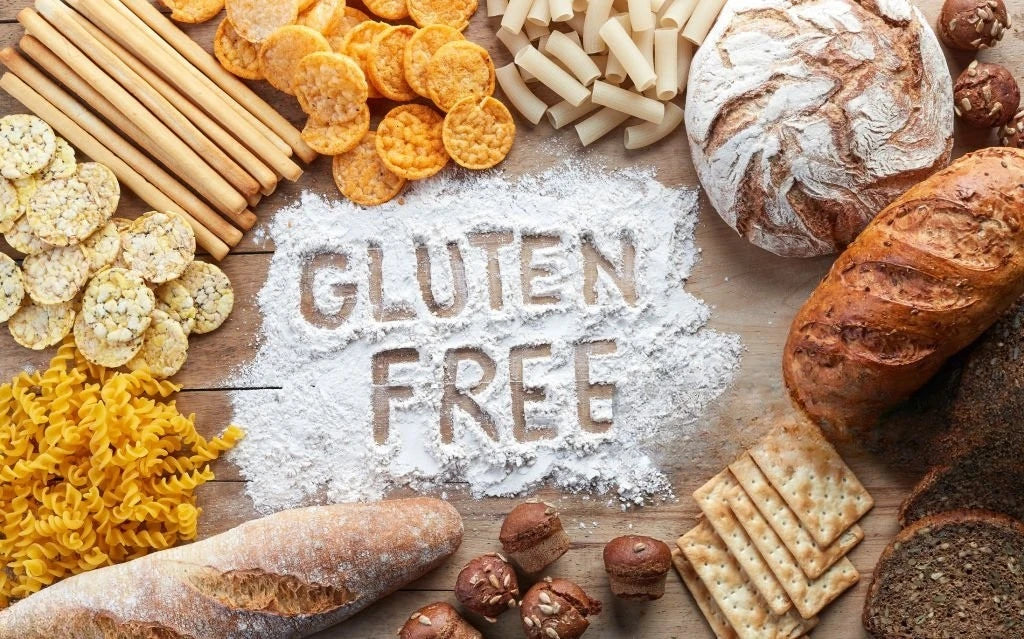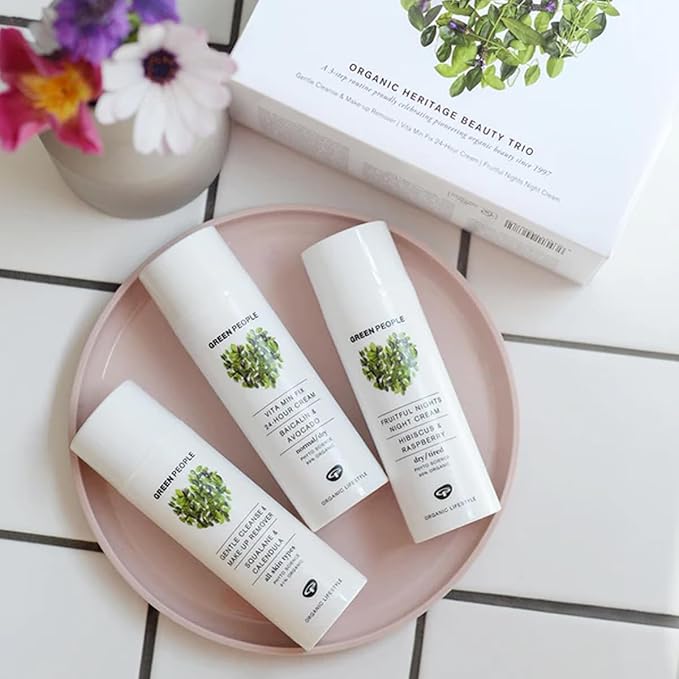Creating your own eco-friendly skincare line is not just a trend it’s a chance to align beauty with sustainability. This Friendly Turtle EcoBlog guide explores how simple, conscious choiceslike using plant-based, traceable ingredients and minimal, effective formulations can reduce environmental impact without compromising quality. Discover how sustainable packaging, from glass jars to refillable containers, can reflect your values before the product is even opened. Choosing ethical manufacturing partners and understanding regulatory essentials also strengthens your brand’s integrity. With tools like NISHA for custom formulation and a focus on authenticity over buzzwords, this article shows that you don’t need a lab or a big budget to start just clarity, intention, and a genuine commitment to the planet. Whether you're testing a concept or preparing to launch, every small, thoughtful step builds a more responsible beauty future.
Share your articles with us and get published! Reach out at hello@friendlyturtle.com.
The Ultimate Guide to Gluten-Free Living in 2025: Everything You Need to Know

Gluten-free living has evolved from a niche dietary requirement into a mainstream lifestyle choice embraced by millions worldwide. Whether due to medical necessity or personal preference, eliminating gluten can be a game-changer for health and well-being. This guide explores everything you need to know about gluten-free living in 2025, including its benefits, challenges, and practical tips for a seamless transition.
What Is Gluten and Why Does It Matter?
Gluten is a protein found in wheat, barley, and rye. It gives dough its elasticity and helps baked goods maintain their shape. While gluten itself isn't harmful to most people, for those with conditions like celiac disease, non-celiac gluten sensitivity (NCGS), or wheat allergies, consuming gluten can trigger severe reactions. Even individuals without a diagnosed condition may choose to go gluten-free for digestive health, increased energy, or weight management.
Who Needs a Gluten-Free Diet?
A gluten-free diet is essential for individuals diagnosed with celiac disease, an autoimmune disorder where gluten consumption damages the small intestine. Those with NCGS may also experience symptoms like bloating, headaches, or fatigue after consuming gluten, despite not having celiac disease. People with wheat allergies must avoid gluten-containing grains to prevent allergic reactions. Additionally, some athletes and health-conscious individuals opt for gluten-free diets to improve digestion and overall well-being.
How to Thrive While Living Gluten-Free
Adopting a gluten-free lifestyle doesn't mean sacrificing flavor or nutrition. With the rise of alternative grains and innovative recipes, enjoying a balanced, satisfying diet is easier than ever. To truly experience being "Great Without Gluten," focus on whole, naturally gluten-free foods such as fresh fruits, vegetables, lean proteins, and gluten-free grains like quinoa, rice, and millet.
Reading food labels is crucial, as gluten can be hidden in unexpected places, such as sauces, dressings, and processed snacks. Certifications like "Certified Gluten-Free" provide assurance that a product is safe for consumption. Additionally, learning to cook at home helps control ingredient quality and prevents accidental gluten exposure.
The Health Benefits of Going Gluten-Free
Eliminating gluten from your diet can lead to various health benefits, especially for those with gluten intolerance. Many individuals report improved digestion, reduced inflammation, and increased energy levels after removing gluten. A gluten-free diet can also support weight management by encouraging whole food consumption and reducing processed food intake.
However, it's essential to maintain a balanced diet. Some gluten-free products contain added sugars or unhealthy fats to compensate for texture and taste. Opting for whole, nutrient-dense foods ensures you get essential vitamins and minerals.
Navigating Gluten-Free Shopping and Dining
Shopping for gluten-free products has never been easier. Many grocery stores have dedicated gluten-free sections, and online retailers offer a vast selection of certified products. When dining out, researching restaurants in advance and communicating dietary needs clearly to staff can prevent accidental gluten exposure.
Consider using gluten-free apps and websites that provide restaurant recommendations and product reviews. Many restaurants now offer gluten-free menus, making it easier to enjoy meals safely outside the home.
Meal Planning Tips for a Successful Gluten-Free Lifestyle
Planning meals in advance can simplify gluten-free living. Here are some tips to help you stay on track:
- Stock Up on Essentials: Keep gluten-free staples like rice, quinoa, legumes, and certified gluten-free oats in your pantry.
- Batch Cooking: Prepare meals in advance to save time and reduce the temptation of consuming potentially unsafe foods.
- Experiment with Alternatives: Try gluten-free flours like almond, coconut, and chickpea flour to create delicious baked goods and recipes.
- Stay Hydrated and Eat Fiber-Rich Foods: A gluten-free diet can sometimes lead to lower fiber intake. Include fiber-rich foods like fruits, vegetables, and seeds to promote digestive health.
Overcoming Challenges in Gluten-Free Living
Transitioning to a gluten-free lifestyle can present challenges, particularly in social settings. Friends and family may not always understand dietary restrictions, and cross-contamination is a real concern. Here’s how to navigate these hurdles:
- Educate Your Circle: Share information about your dietary needs with family and friends to help them understand your choices.
- Bring Your Own Snacks: When attending events, carrying gluten-free snacks ensures you have safe options available.
- Be Cautious with Cross-Contamination: Use separate cooking utensils and avoid shared toasters, cutting boards, and condiments that may have been exposed to gluten.
The Future of Gluten-Free Living
With ongoing advancements in food technology and increasing awareness, the future of gluten-free living is promising. More brands are offering high-quality gluten-free alternatives, and researchers continue to explore ways to improve the nutritional profile of gluten-free foods.
As gluten-free options become more accessible and mainstream, individuals following this lifestyle can enjoy greater variety and convenience without compromising health. By staying informed and making mindful choices, living gluten-free can be both enjoyable and beneficial.

Final Thoughts
Living gluten-free doesn’t have to be restrictive or complicated. With careful planning, knowledge, and access to the right resources, you can thrive on a gluten-free diet while enjoying delicious and nutritious foods. Whether you’re making the switch for health reasons or personal preference, embracing this lifestyle can lead to improved well-being and a higher quality of life. If you’re ready to go gluten-free, take it one step at a time and discover how great life can be without gluten.
0 comments
Let customers speak for us
Blog posts
Planning an eco-friendly garden doesn’t require vast land or expensive materials just smart choices and the right tools. On Friendly Turtle’s EcoBlog, we explore how digital tools like GardenBox 3D help visualise layouts, test sustainable planting schemes, and reduce resource waste. By understanding your microclimate, choosing native plants, and using compost and recycled materials, you can build a self-sustaining garden that supports biodiversity and thrives over time. Rainwater harvesting, natural mulching, and zone planning help reduce water use and effort. Even the smallest garden can be transformed into a low-maintenance, eco-conscious space that benefits you and the planet. With careful preparation and thoughtful design, your outdoor area becomes not only greener but also more enjoyable, season after season.
At Friendly Turtle EcoBlog, we explore how enhanced subsea pipeline inspection is transforming ocean safety. With offshore oil and gas infrastructure expanding, ensuring pipeline integrity is crucial. Many pipelines are now unpiggable, requiring specialised external inspection methods powered by advanced technologies like ultrasonic systems and predictive modelling. These innovations reduce risks, protect marine ecosystems, and limit human exposure to harsh ocean environments. Improved reporting and global data sharing have also helped prevent accidents and foster safer working conditions. Embracing such sustainable practices in subsea maintenance not only safeguards lives but supports long-term environmental responsibility.



